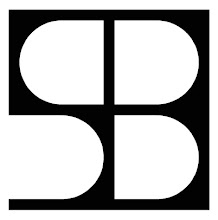 A range of joiner ideas.
A range of joiner ideas.Joiner materials will greatly affect the aesthetic of the design.
Possible materials
Plastic extrusion - Black/grey
Plastic extrusion - Translucent
Plastic extrusion - Brightly coloured (match with anodized aluminium)
Hard wood - Dark


 Plastic connectors joining aluminium extrusions.
Plastic connectors joining aluminium extrusions. Customisation could be achieved by making the shelf a "kit set". The pieces could be slotted together so suit the users requirements.
Customisation could be achieved by making the shelf a "kit set". The pieces could be slotted together so suit the users requirements.






















